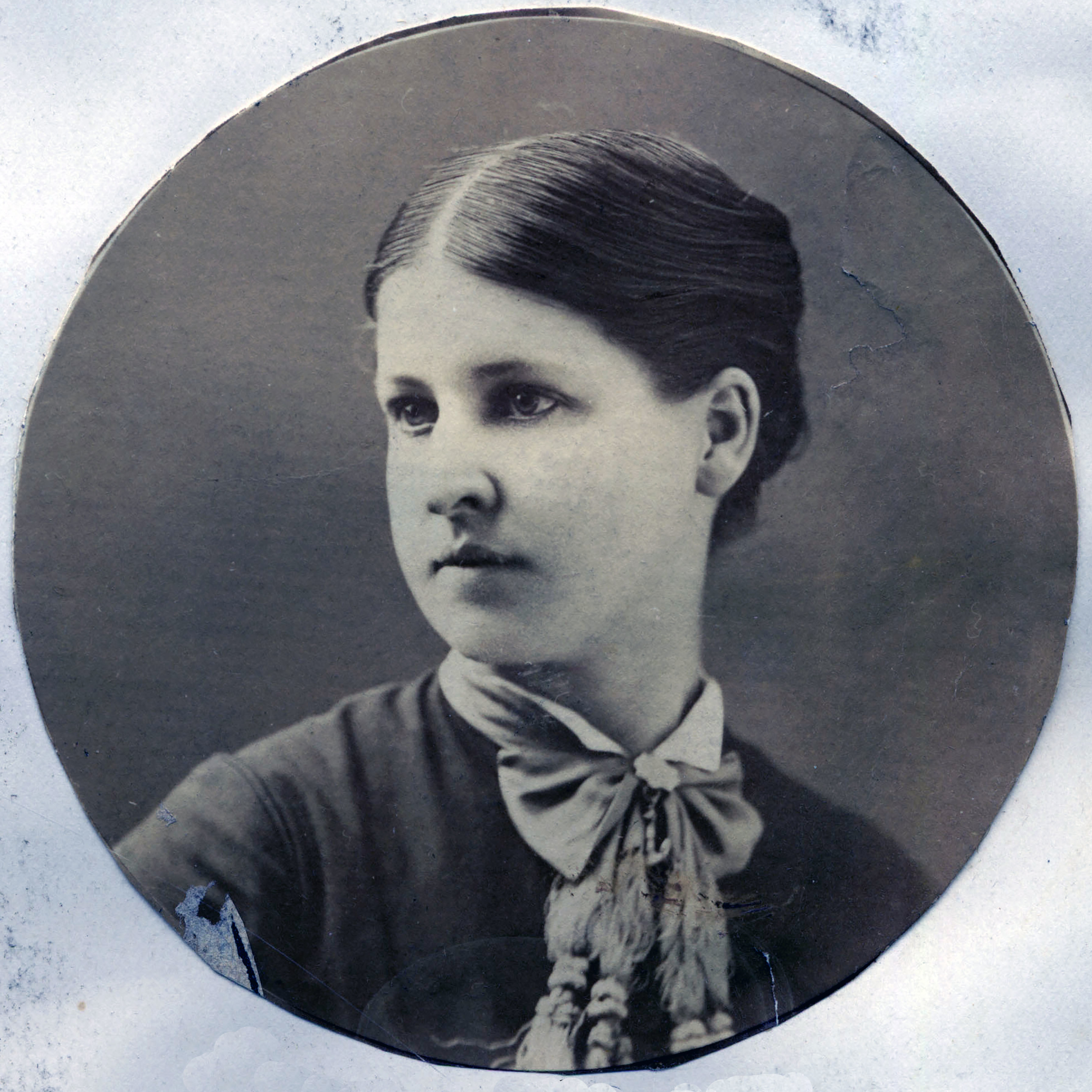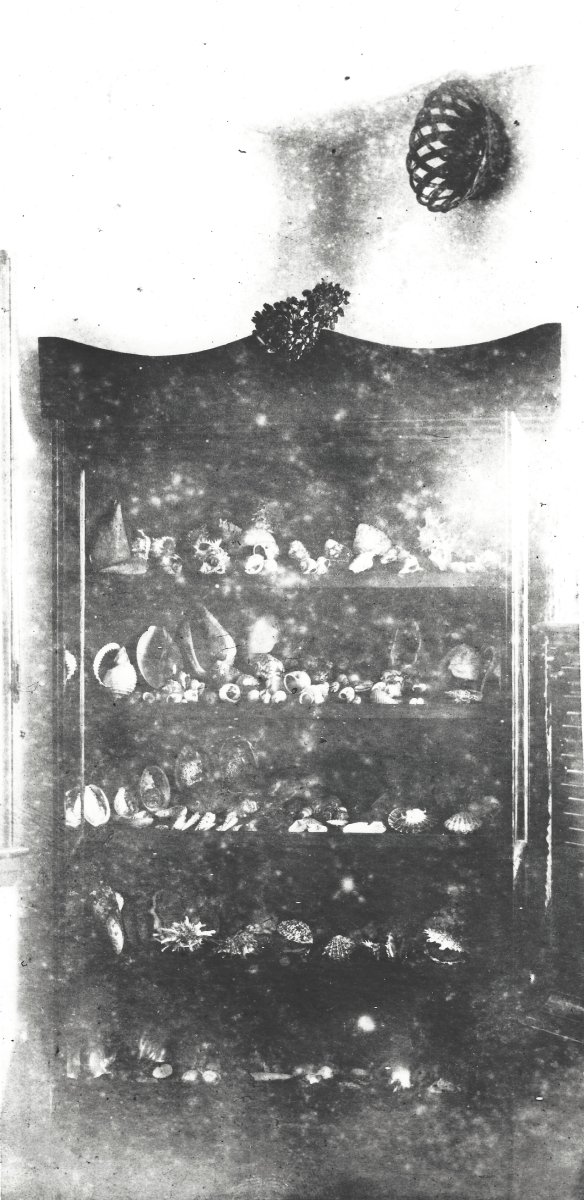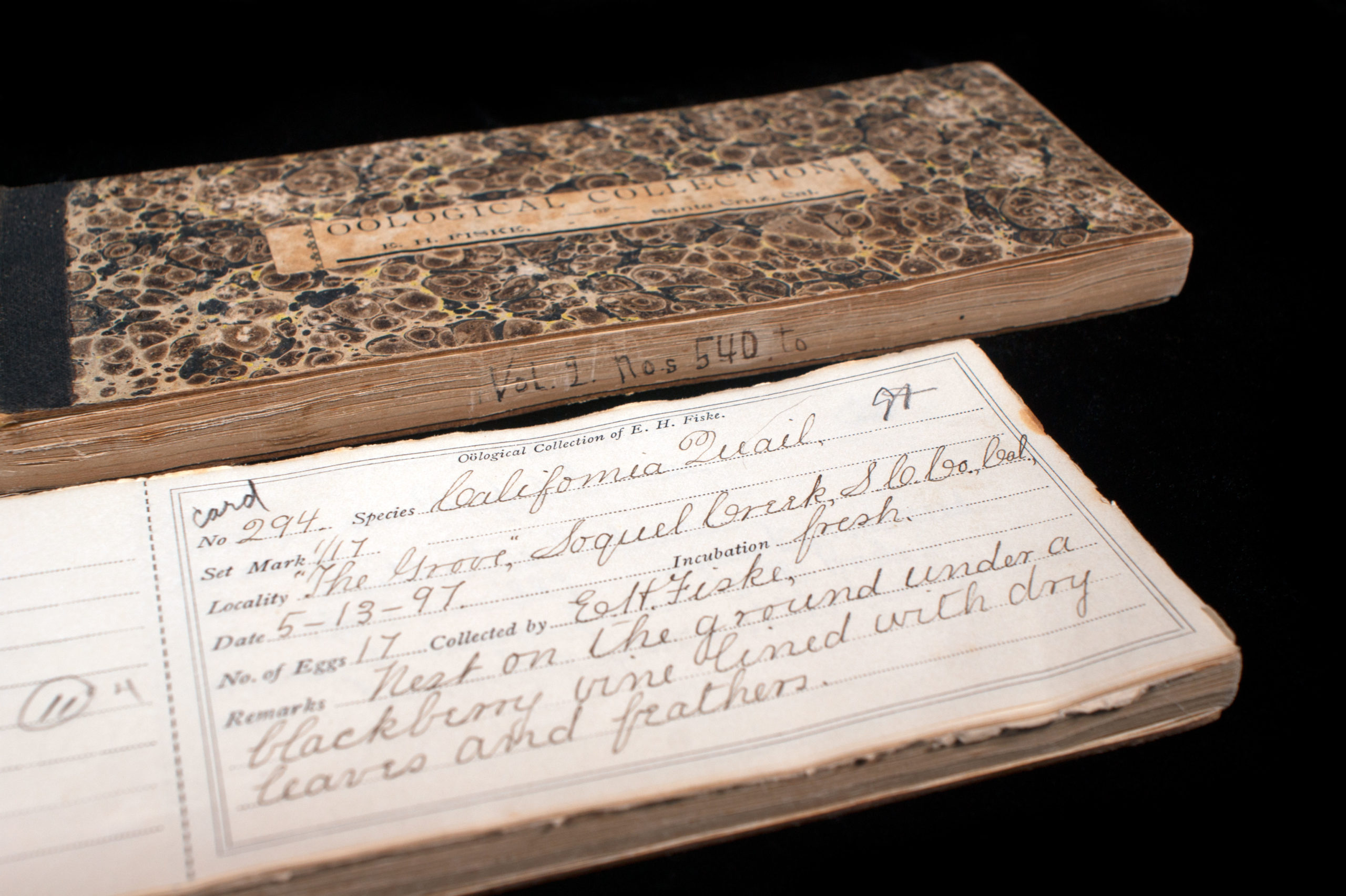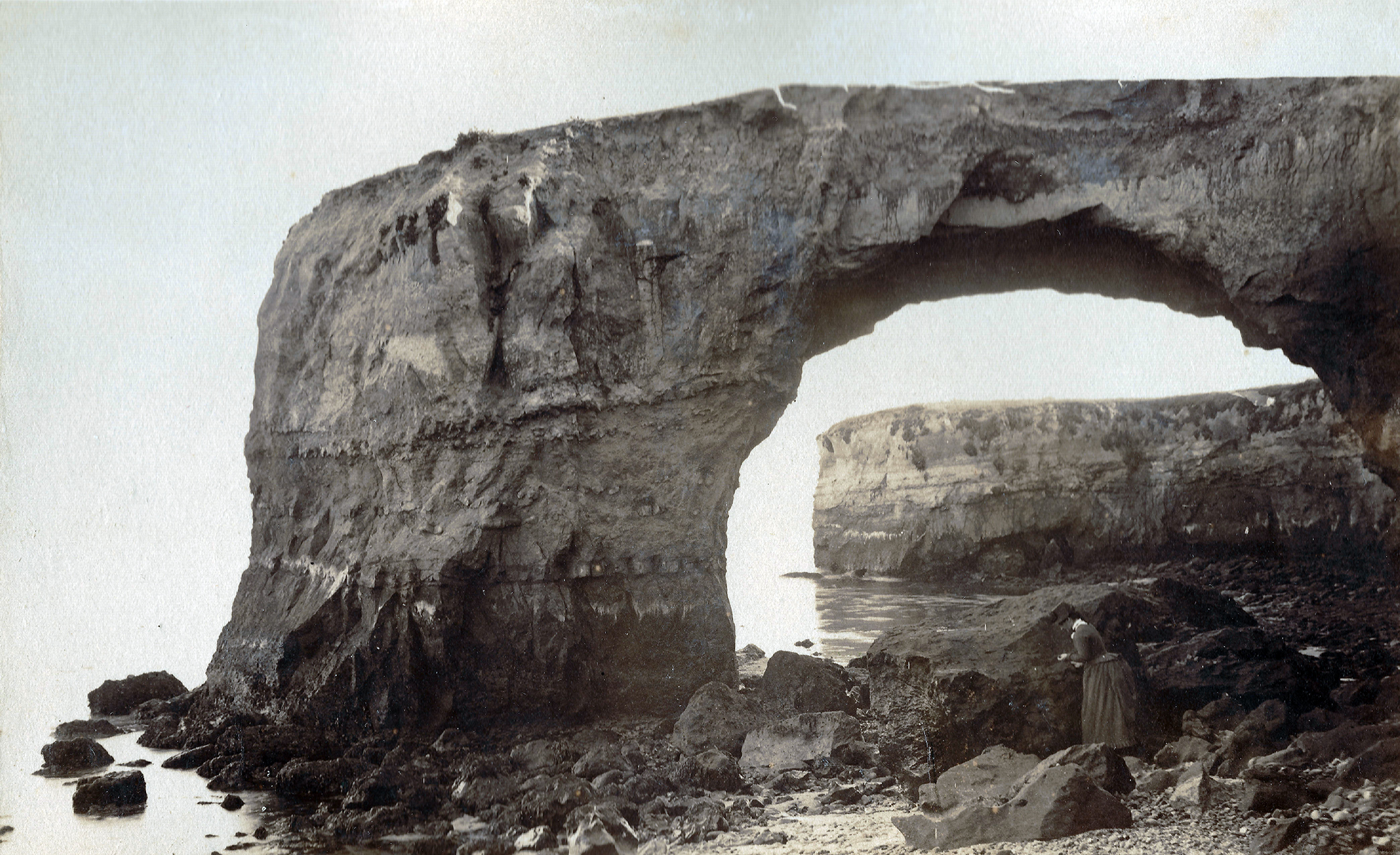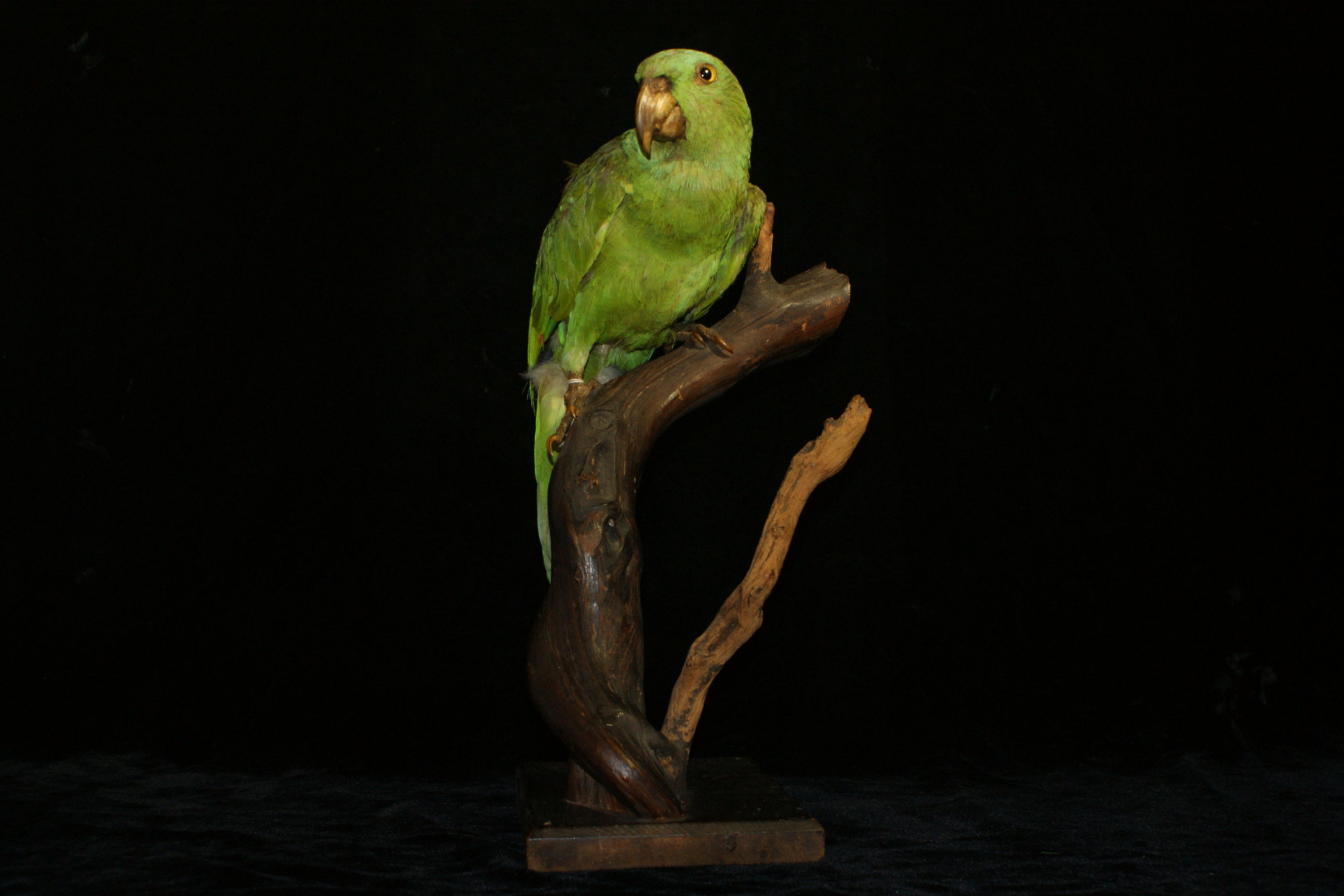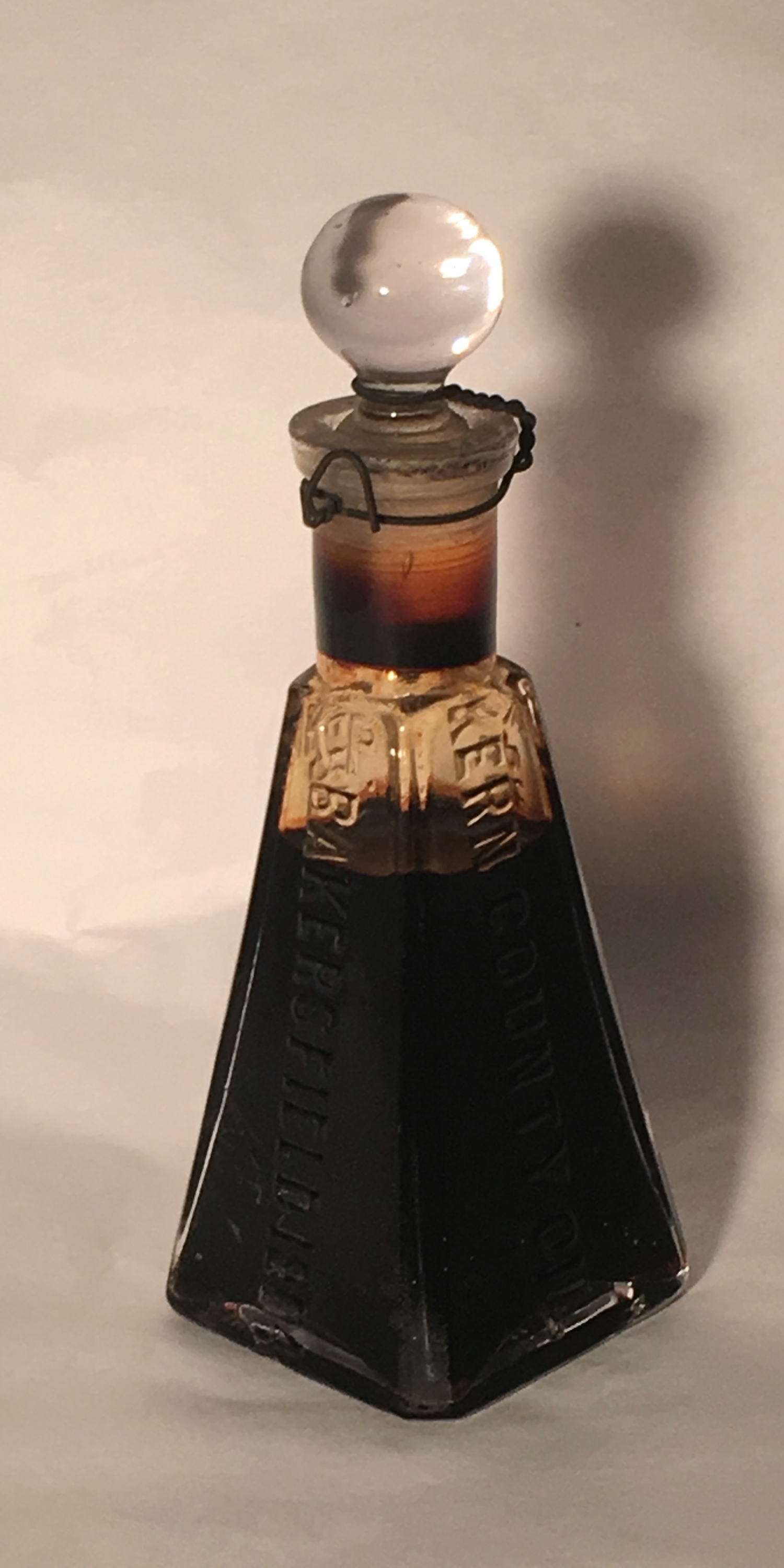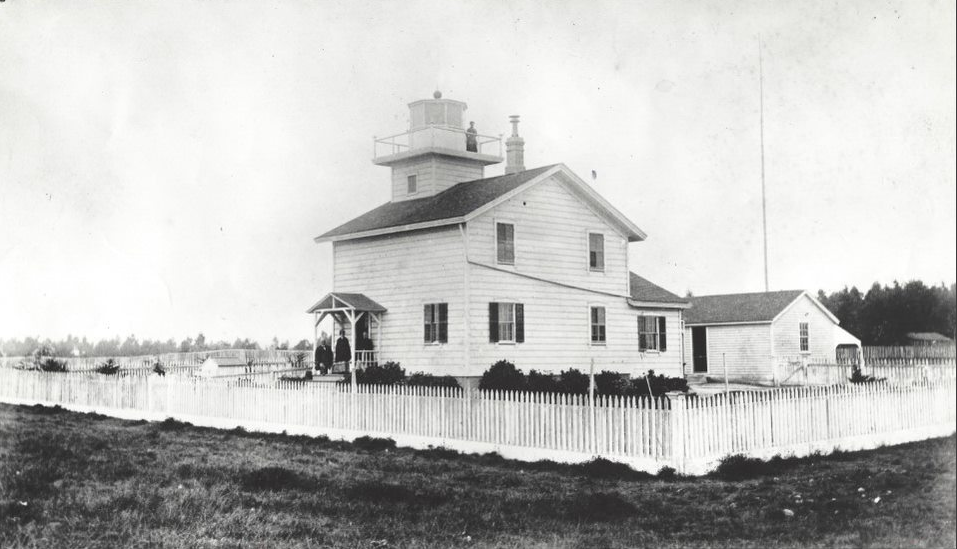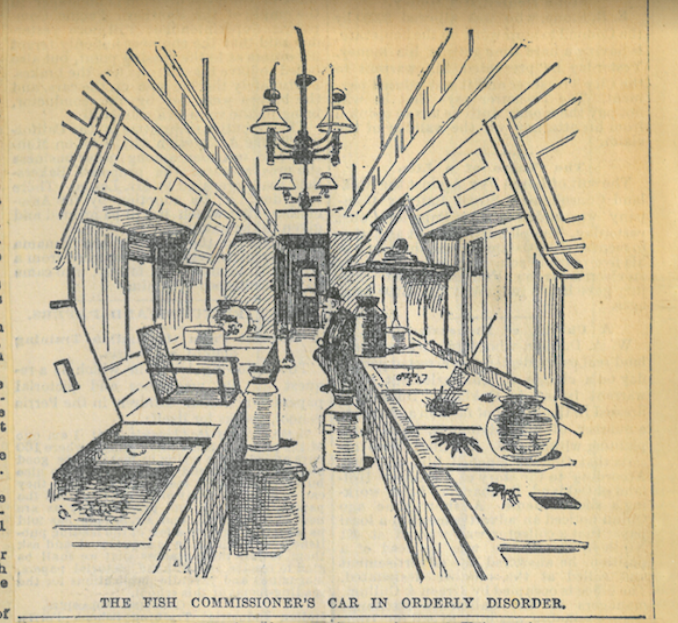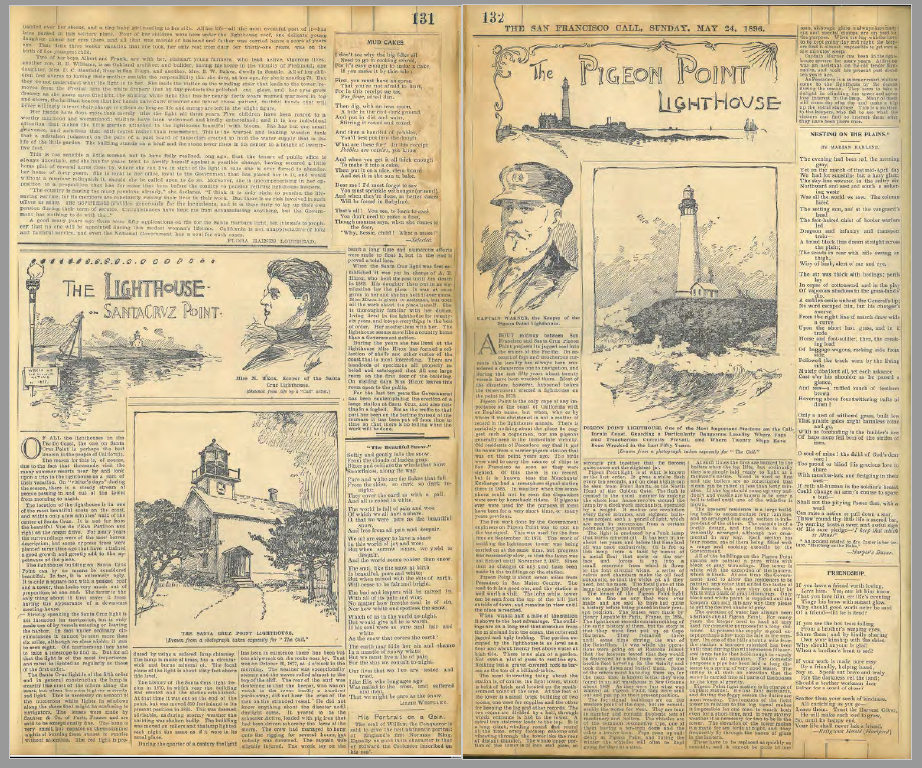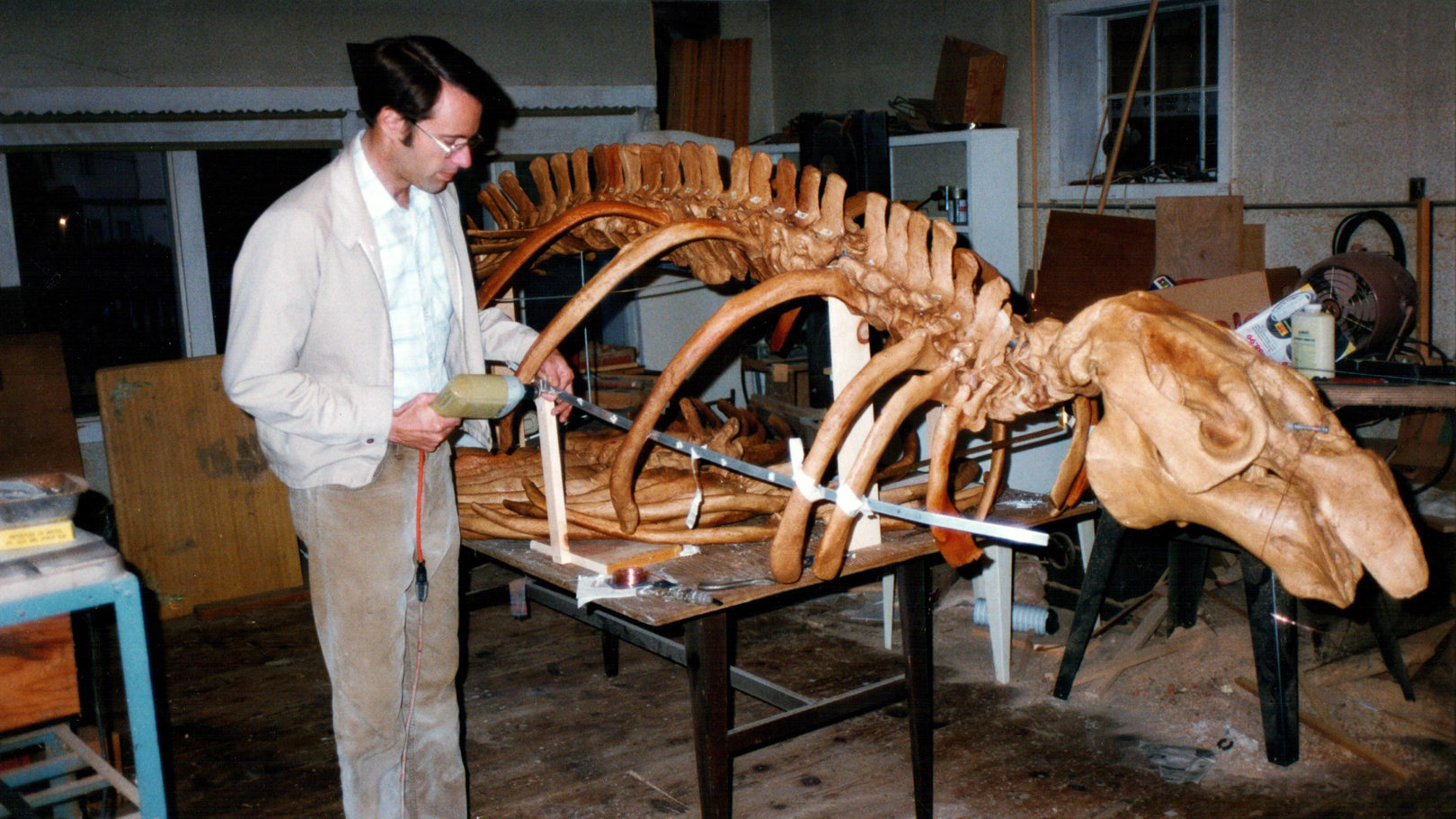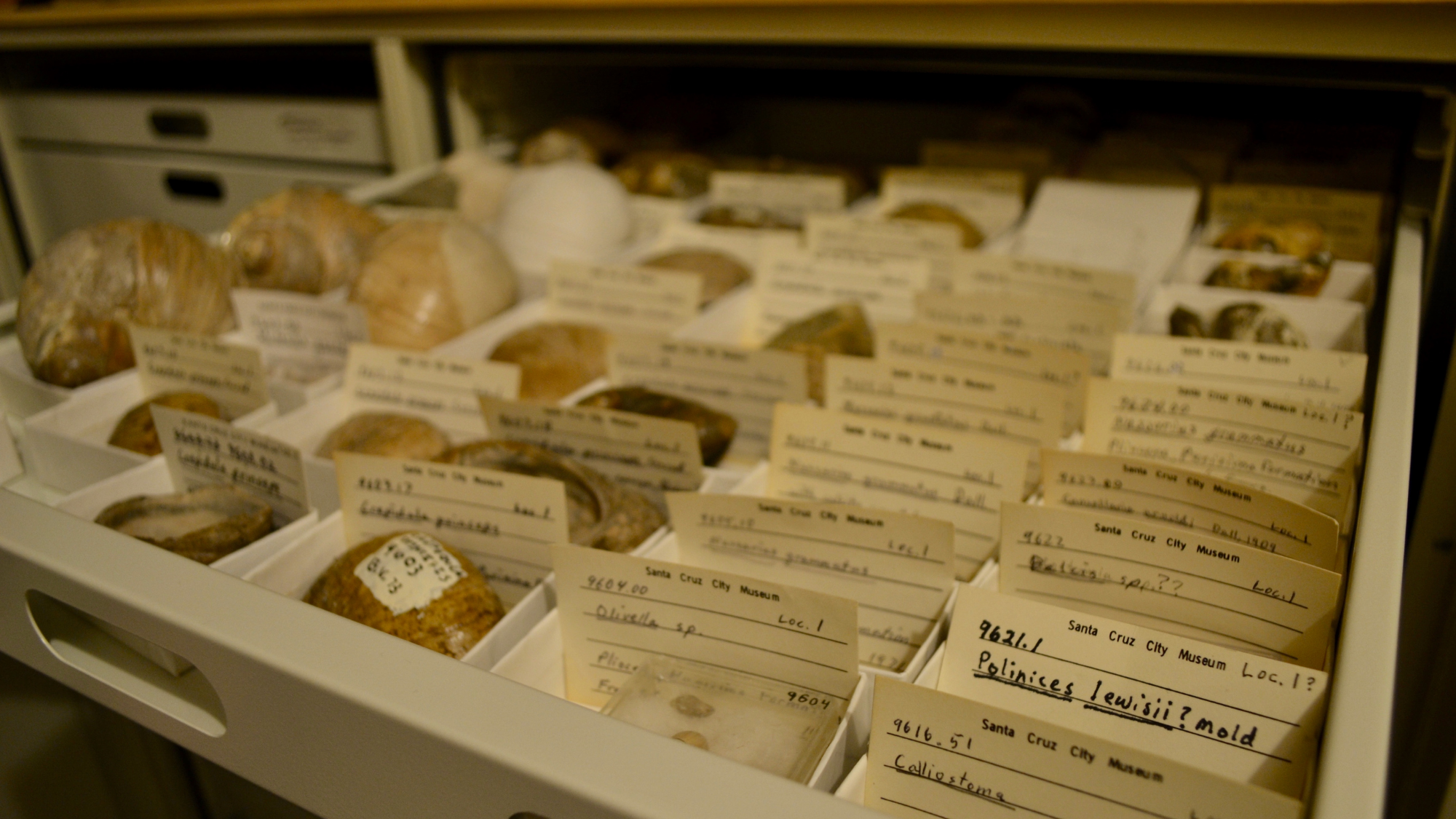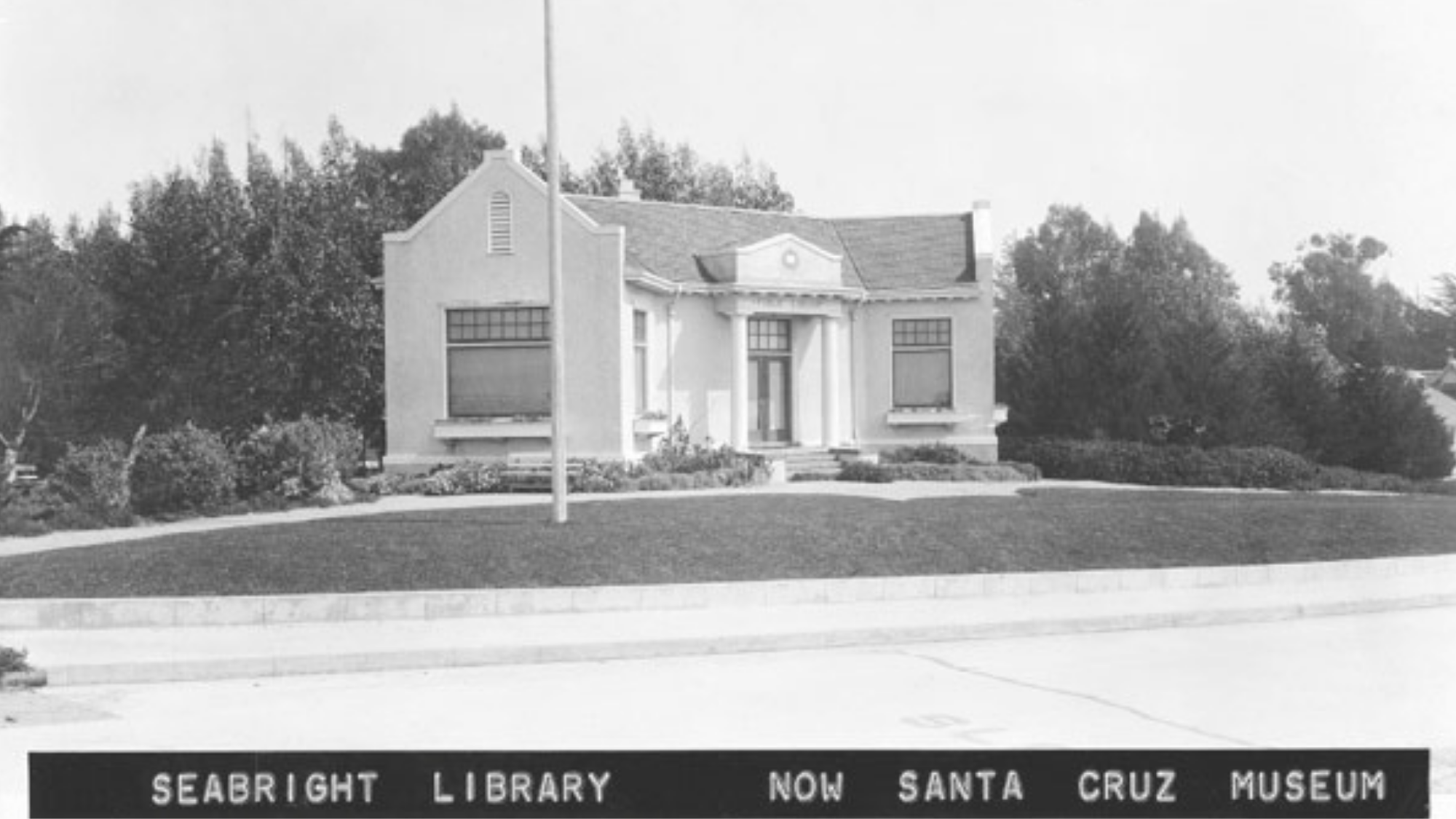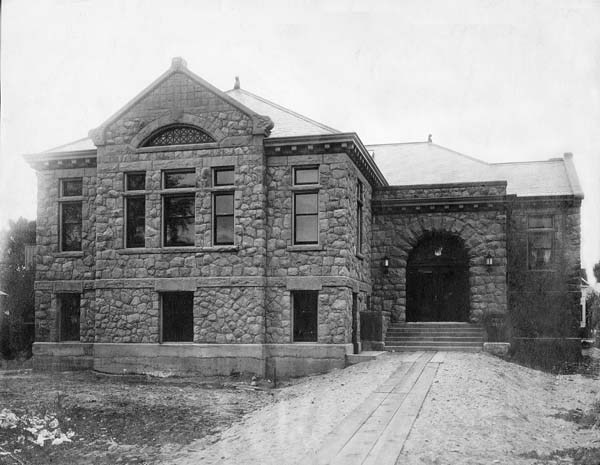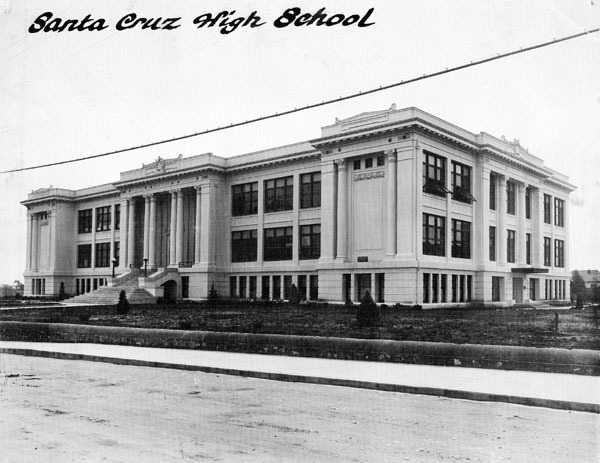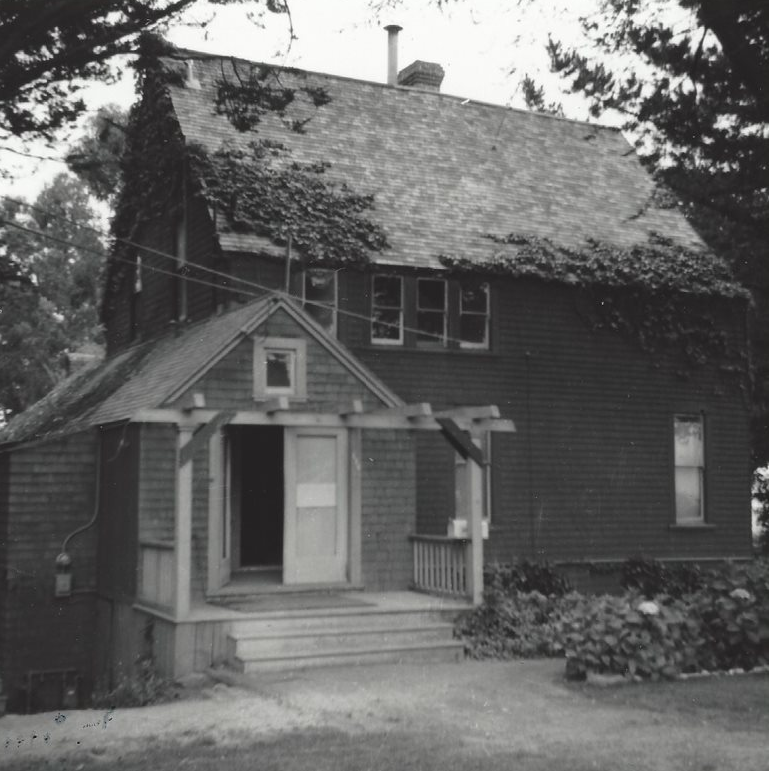Laura Hecox was an extraordinary woman and a brilliant amateur scientist who even had species named after her. Laura was the Santa Cruz lighthouse keeper from 1883 to 1916, and a renowned collector whose lighthouse museum was known far and wide. Contemporary descriptions in newspapers, correspondence, and other publications describe a stunning collection that occupied a room’s worth of cabinets on subjects from marine life to gems and minerals to ethnographic collections. Her collection of natural history specimens, artifacts, and curios was gifted to the people of Santa Cruz in 1904 and is the foundational collection of the Santa Cruz Museum of Natural History.
Over the years, as Laura’s museum found homes in different community locations, portions of the collection were lost to time. Today, we strive to reconcile this loss with the honor of preserving what we still have, and the responsibility of making it available to our community. Laura’s tireless curiosity about the world around her continues to inspire our organization, even as we continue to learn more about her legacy.
A selection of items from the Laura Hecox Collection
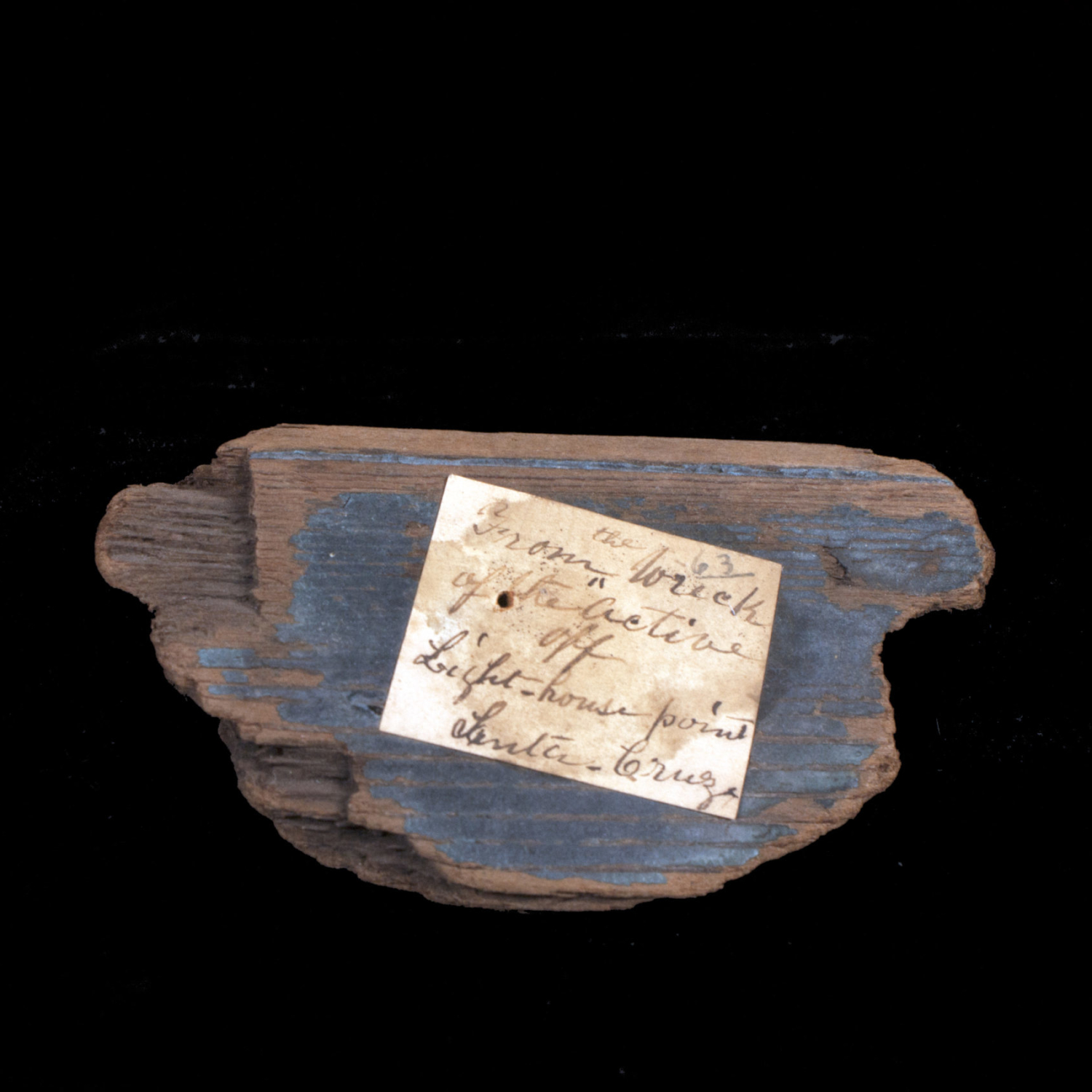
The schooner Active ran aground at Lighthouse Point early one October morning in 1876, through no fault of the original lighthouse keeper Adna Hecox. His then 22 year-old daughter Laura, already an avid hunter of shells and fossils from that very shore, collected various components of the wreck after it’s crew was rescued.
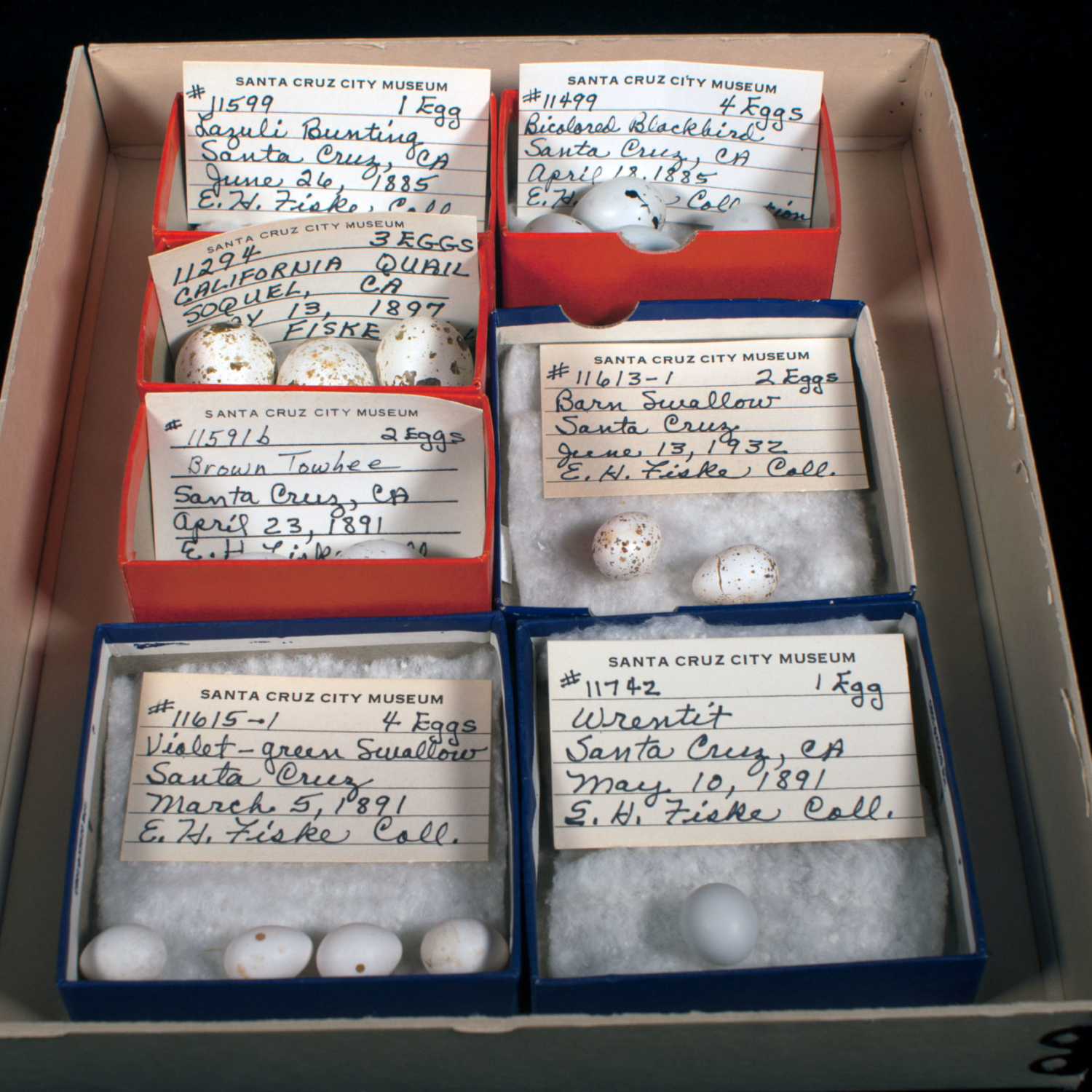
Laura’s original gift to the city included an extensive set of bird study skins and eggs gathered and shared with her by Ed Fiske. Fiske and fellow ornithologist Richard McGregor produced what may be the earliest bird checklist of Santa Cruz county from observations made within ten miles surrounding Laura’s lighthouse. Through this sharing of specimens, Laura’s collection preserves the legacy of a community of 19th century naturalists.
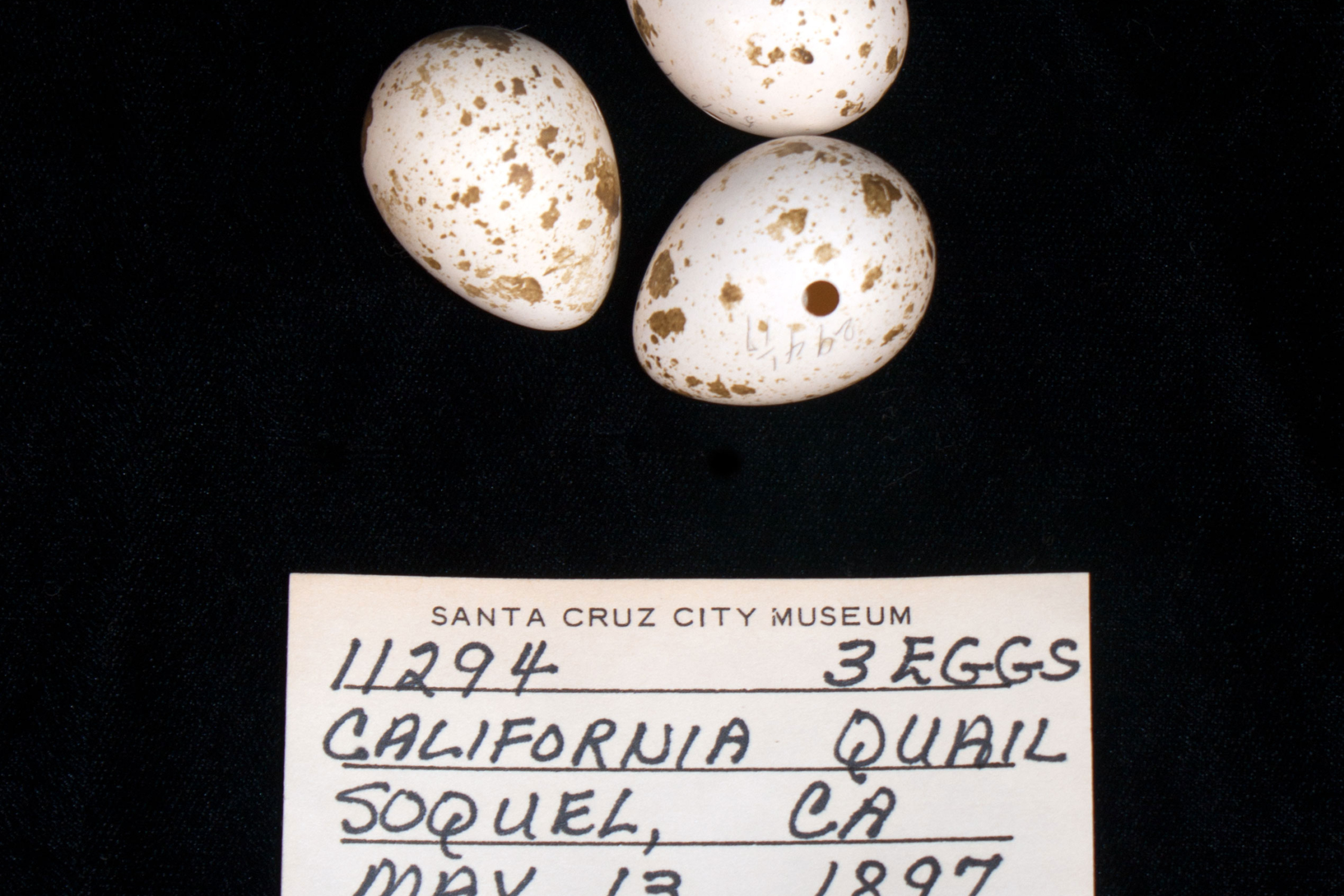
Laura’s original gift to the city included an extensive set of bird study skins and eggs gathered and shared with her by Ed Fiske. Fiske and fellow ornithologist Richard McGregor produced what may be the earliest bird checklist of Santa Cruz county from observations made within ten miles surrounding Laura’s lighthouse. Through this sharing of specimens, Laura’s collection preserves the legacy of a community of 19th century naturalists.
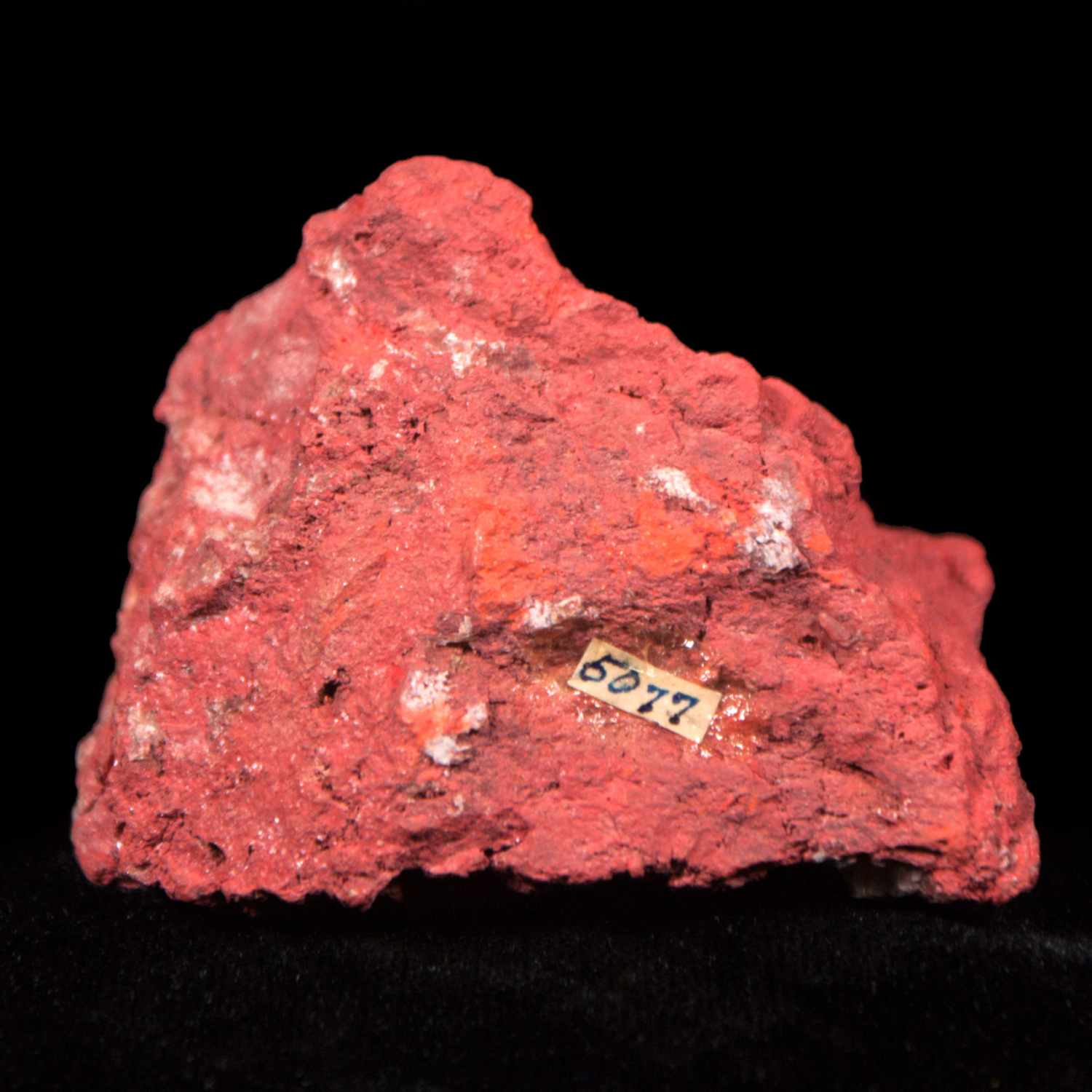
Laura’s geology specimens showcase the diversity and the breadth of origin locations represented in her broader collection. Committed to tending the light in Santa Cruz, Laura nonetheless received collections items as gifts and in trade from near and far. She meticulously documented her specimens, and we are fortunate that some of that documentation remains today.
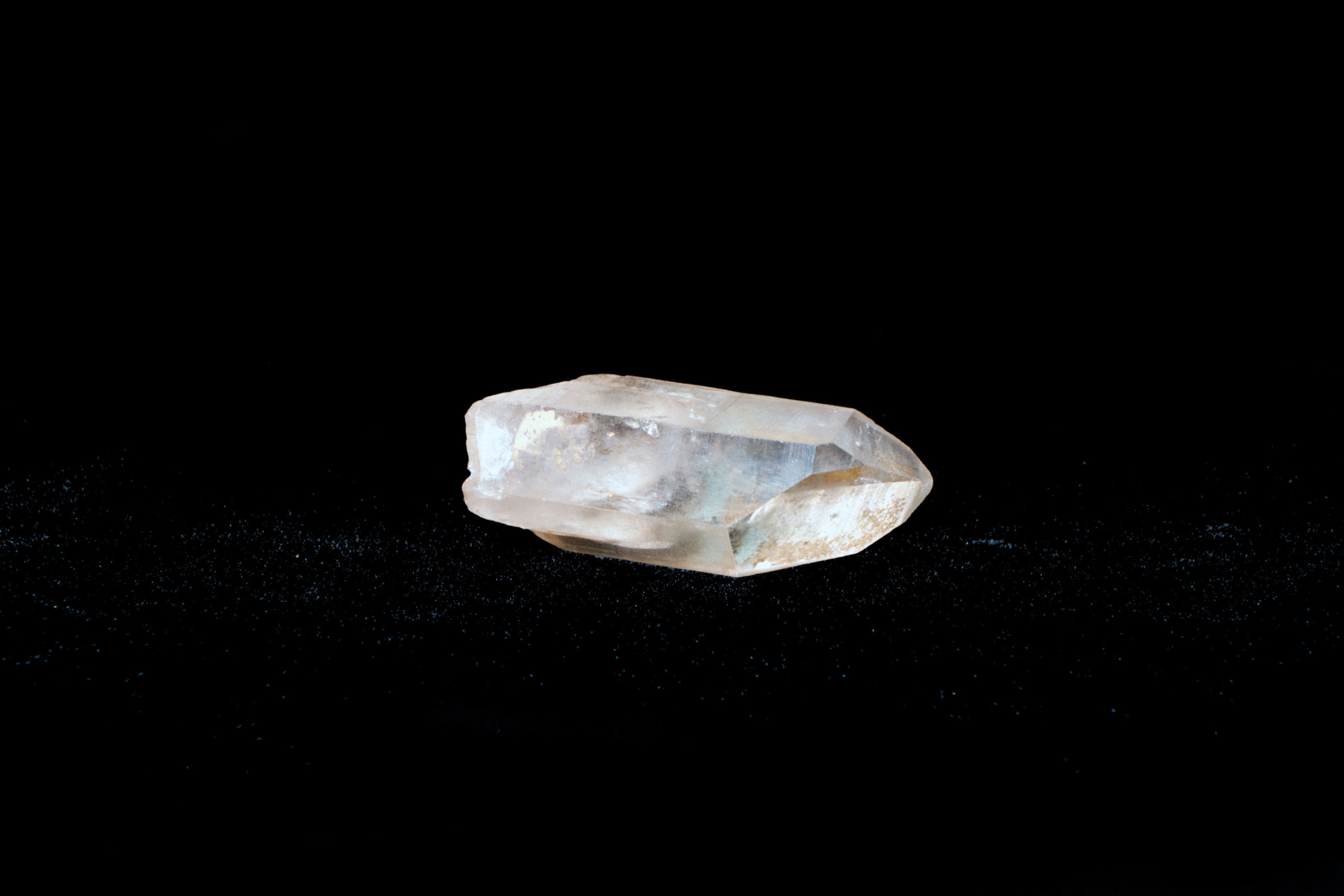
Laura’s geology specimens showcase the diversity and the breadth of origin locations represented in her broader collection. Committed to tending the light in Santa Cruz, Laura nonetheless received collections items as gifts and in trade from near and far. She meticulously documented her specimens, and we are fortunate that some of that documentation remains today.
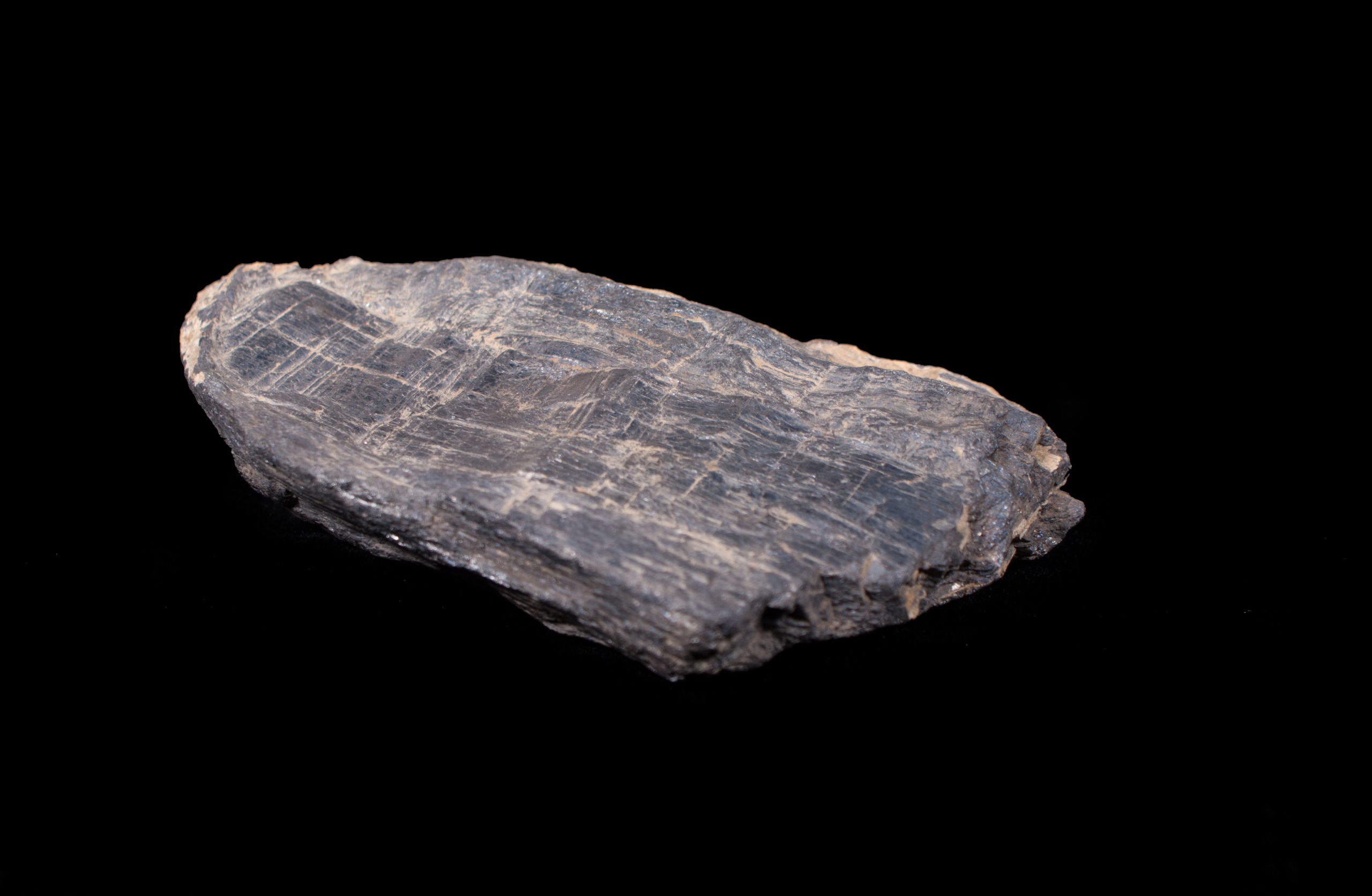
Laura’s geology specimens showcase the diversity and the breadth of origin locations represented in her broader collection. Committed to tending the light in Santa Cruz, Laura nonetheless received collections items as gifts and in trade from near and far. She meticulously documented her specimens, and we are fortunate that some of that documentation remains today.
Laura Hecox Scrapbook
While Laura meticulously cataloged her collection, she kept no known diary. Contemporary authors reference her scientific correspondence, yet none of these writings is known to have survived. Laura was, however, an avid scrapbooker. We are excited to provide complete access to the largest of Laura’s surviving scrapbooks. The scrapbook featured below is one of the few means by which we can learn more about Laura’s private life and the historical context in which she lived.
Her interests on the page were just as diverse as when collecting physical materials. In her scrapbook, beginning with an 1895 article on women lighthouse keepers, you will see articles on topics ranging from shell identification to women’s suffrage. We are always eager to learn more about Laura, as well as the natural and cultural history of late 19th century Santa Cruz.
We are proud to represent Laura’s legacy. However, the content reflected in these clippings is historical in nature. The views and opinions expressed within are not necessarily those of the museum itself.
This project is indebted to the ongoing research legacy of Frank Perry, and is made possible by a partnership with the Santa Cruz Public Libraries.
To learn more about the Laura Hecox collection or set up a research appointment, email collections@santacruzmuseum.org
Laura Hecox Resources
- Collections Close-Up Blog: Rock Collection
- Collections Close-Up Blog: Laura Hecox Catalog Books
- Collections Close-Up Blog: Laura Hecox Photography
- Collections Close-Up Blog: Museum Collection Spaces
- Collections Close-Up Blog: Egg Collection
- Collections Close-Up Blog: Souvenir Collection
- Video: The Lighthouse Keeper’s Legacy with Frank Perry
- Video: Picturing Nature (Nature Photography Then and Now)
- Video: Curiosity Cabinets
- Video: Preserving Our Past
- Article: The Museum’s History
- Article: Laura Hecox Day


